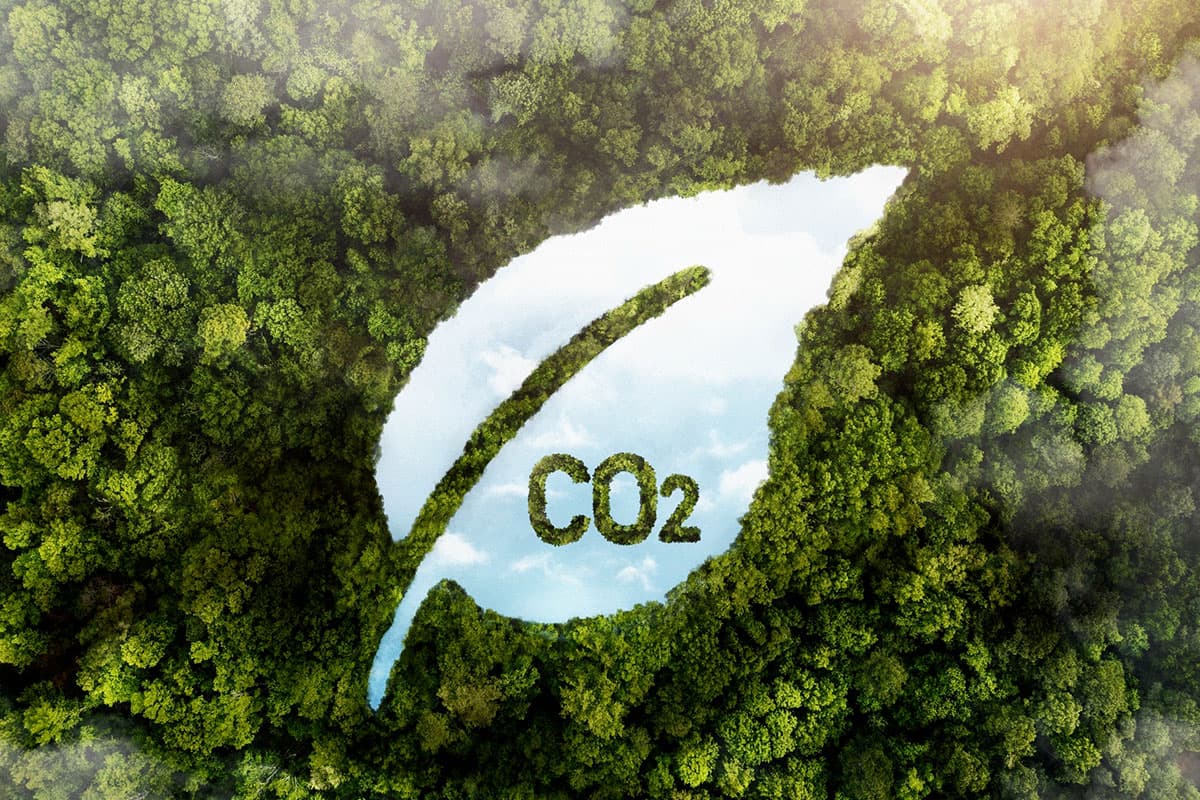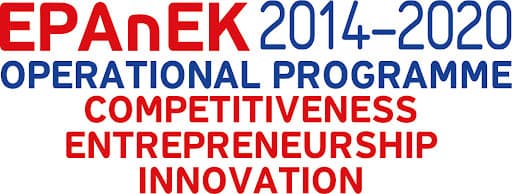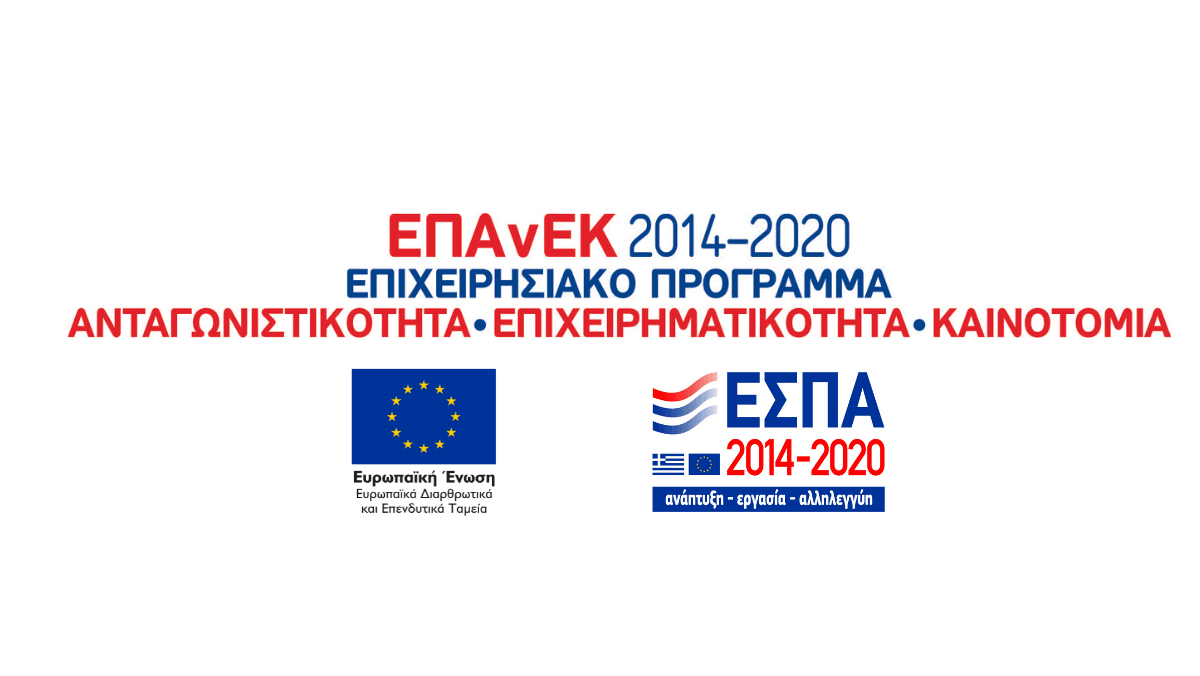As businesses face increasing pressure to address their environmental impact, understanding greenhouse gas (GHG) emissions is a critical first step toward sustainability. Whether you're a business owner, sustainability professional, or simply curious about reducing your organization’s carbon footprint, this guide will break down Scope 1, 2, and 3 emissions in a clear and beginner-friendly way. We’ll also explore how emissions software like Tekmon’s ESG & Sustainability Software can simplify emissions tracking and reporting, helping organizations achieve their sustainability goals efficiently.
What are Scope 1, 2, and 3 Emissions?
The concept of Scope 1, 2, and 3 emissions comes from the Greenhouse Gas Protocol, a global standard for measuring and managing GHG emissions. These categories help organizations classify their emissions based on their source, making it easier to track, report, and reduce them. Let’s dive into each scope to understand what they mean and why they matter.
Scope 1: Direct Emissions
Scope 1 emissions are the greenhouse gases your organization directly produces. These emissions come from sources you own or control, such as:
Fuel combustion: Emissions from company vehicles or on-site machinery (e.g., diesel generators).
On-site processes: Emissions from manufacturing, chemical reactions, or industrial activities.
Fugitive emissions: Leaks from refrigeration systems or gas pipelines.
For example, if your company operates a fleet of delivery trucks, the carbon dioxide (CO2) emitted from burning diesel is a Scope 1 emission. These are often the easiest emissions to measure because they’re directly tied to your operations.
Scope 2: Indirect Emissions from Energy
Scope 2 emissions are indirect emissions from the energy your organization purchases, primarily electricity, heat, or steam. While these emissions occur outside your facilities (at power plants, for instance), they’re still tied to your operations because they result from your energy consumption.
Examples include:
Electricity usage: Emissions from powering office buildings, warehouses, or factories.
Purchased heating or cooling: Emissions from district heating systems used in your facilities.
For instance, if your office relies on electricity from a coal-powered plant, the associated emissions fall under Scope 2. Switching to renewable energy sources, like solar or wind, is a common way to reduce Scope 2 emissions.
Scope 3: Indirect Value Chain Emissions
Scope 3 emissions are the trickiest to measure because they occur outside your direct control, across your entire value chain. These include emissions from activities like:
Purchased goods and services: Emissions from producing raw materials or products you buy.
Business travel: Emissions from employee flights, rental cars, or hotel stays.
Supply chain logistics: Emissions from shipping products or transporting goods.
Employee commuting: Emissions from employees traveling to and from work.
Product use and disposal: Emissions from customers using or disposing of your products.
For example, if you manufacture clothing, Scope 3 emissions might include the energy used to grow cotton, transport fabric, or even wash the clothes after purchase. Because Scope 3 emissions are so broad, they often account for the largest share of a company’s carbon footprint—sometimes up to 70-80%.
Start Your Emissions Tracking Journey Today
Ready to take control of your Scope 1, 2, and 3 emissions? Tekmon’s emissions software makes it easy to collect, track, and report ESG data with automated tools and pre-built frameworks. Simplify your path to net-zero with our user-friendly platform designed for businesses of all sizes.
Why Tracking Emissions Matters for Businesses
Tracking Scope 1, 2, and 3 emissions is a critical step for businesses aiming to thrive in a sustainability-focused world. Beyond environmental benefits, emissions tracking drives compliance, cost savings, stakeholder trust, and competitive advantage. Here’s why it matters and how emissions software like Tekmon’s ESG & Sustainability Software can help.
Ensuring Regulatory Compliance: Governments worldwide are tightening emissions reporting rules. For example, the EU’s Corporate Sustainability Reporting Directive (CSRD) mandates detailed Scope 1, 2, and 3 emissions disclosures. Non-compliance risks fines and reputational harm. Emissions tracking software like Tekmon’s aligns with frameworks like GRI, ESRS, and SASB, automating data collection and reporting to ensure accurate, auditable, and compliant outputs, saving time and reducing risks.
Unlocking Cost Savings: Tracking emissions reveals inefficiencies that can lead to significant savings. For Scope 1 and 2, analyzing energy or fuel use can highlight opportunities to switch to renewables or optimize operations, lowering utility or fuel costs. For Scope 3, mapping supply chain emissions can identify cost-effective suppliers or logistics solutions. Tekmon’s esg emissions tools automate data collection from systems like ERP or utility bills, helping businesses pinpoint savings without manual effort.
Meeting Stakeholder Expectations: Customers, investors, and employees increasingly demand sustainability. Studies show over 60% of consumers prefer eco-friendly brands, while investors favor companies with strong ESG performance. Transparent emissions tracking builds trust and loyalty. Tekmon’s platform consolidates data and generates stakeholder-ready reports, showcasing your commitment to sustainability with minimal hassle.
Gaining a Competitive Edge: Sustainability sets businesses apart in competitive markets. Companies that track emissions can meet supplier requirements, attract eco-conscious customers, and secure investment. Emissions software like Tekmon’s provides verifiable data for procurement bids and drives innovation, such as developing low-carbon products. Its dashboards and goal-tracking tools help businesses stay ahead of competitors using outdated methods.
Building Long-Term Resilience: Climate risks, like supply chain disruptions or rising energy costs, threaten business stability. Tracking emissions helps mitigate these by identifying high-risk areas, such as reliance on high-emission suppliers. Tekmon’s emissions tracking software offers insights through automated GHG calculations and materiality assessments, enabling businesses to plan for a sustainable, resilient future.
By leveraging Tekmon’s all-in-one platform, businesses can simplify emissions tracking, meet stakeholder demands, and drive efficiency—making sustainability both achievable and impactful.
How Emissions Software Simplifies Scope 1, 2, and 3 Tracking
Tracking emissions across all three scopes can feel overwhelming, especially for beginners. Manual processes, like spreadsheets, are prone to errors, time-consuming, and difficult to audit. Emissions software automates and simplifies the process, making it easier to collect accurate data, calculate emissions, and generate reports. Here’s how Tekmon’s ESG & Sustainability Software helps:
Automating Data Collection for Scope 1 and 2
Tekmon’s platform eliminates manual data entry by integrating with existing systems, such as:
ERP, BMS, and HR systems: Automatically pull energy and fuel consumption data.
IoT platforms and SCADA systems: Capture real-time data from machinery or facilities.
Automated OCR for utility bills: Extract energy usage data from invoices without manual input.
For Scope 1 and 2 emissions, Tekmon’s emissions tracking software uses accredited emission factor libraries to convert fuel and energy data into CO2 equivalents. This ensures accurate calculations without requiring advanced technical expertise.
Streamlining Scope 3 Data Collection
Scope 3 emissions are notoriously complex because they involve external stakeholders, like suppliers and customers. Tekmon’s platform simplifies this by:
Empowering suppliers: Providing tools for suppliers to measure and report their emissions.
Automated workflows: Streamlining data collection across the supply chain with pre-built templates for frameworks like GRI and ESRS.
Granular data capture: Ensuring supplier-specific emissions data is accurate and verifiable.
With Tekmon, businesses can map their entire supply chain, track emissions, and generate automated dashboards for clear insights.
Ensuring Compliance and Auditability
Tekmon’s esg emissions tools align with major ESG frameworks, including GRI, ESRS, SASB, TCFD, and CBAM. The platform’s centralized data model ensures accuracy, consistency, and audit compliance, with features like:
Embedded validation rules: Prevent errors like missing data or incorrect units.
Audit trail tracking: Maintain a transparent record of all data entries.
Pre-built reporting dashboards: Generate compliant reports with minimal effort.
By automating compliance tasks, Tekmon frees up resources, reduces costs, and ensures your organization stays ahead of evolving regulations.
Achieve Net-Zero with Tekmon’s ESG Tools
Transform your sustainability efforts with Tekmon’s esg emissions tools. Our emissions tracking software streamlines data collection, ensures regulatory compliance, and helps you set and achieve ESG goals. Take the first step toward a greener future today!
Getting Started with Emissions Tracking: A Step-by-Step Guide
Ready to start tracking your Scope 1, 2, and 3 emissions? Follow these beginner-friendly steps to set your organization on the path to sustainability:
Step 1: Conduct a Materiality Assessment
A materiality assessment helps you identify which emissions sources and ESG topics are most relevant to your organization. With Tekmon’s esg emissions tools, you can:
Design tailored questionnaires for stakeholders.
Distribute them efficiently and gather responses.
Generate a materiality matrix to prioritize key areas.
This step ensures you focus on what matters most, whether it’s reducing Scope 1 emissions from vehicles or tackling Scope 3 emissions in your supply chain.
Step 2: Collect and Validate Data
Accurate data is the foundation of emissions tracking. Tekmon’s platform simplifies this by:
Automating data collection: Integrate with existing systems or use pre-built webforms for manual submissions.
Engaging data owners: Send automated reminders and provide personalized workspaces for timely submissions.
Validating data: Use embedded rules and approval workflows to ensure data quality.
For example, if you’re tracking Scope 2 emissions from electricity, Tekmon can pull usage data from utility bills and validate it before processing.
Step 3: Calculate Emissions
Once data is collected, Tekmon’s emissions software calculates Scope 1 and 2 emissions using preloaded emission factors. For Scope 3, the platform equips suppliers with tools to report their emissions, ensuring comprehensive coverage.
Step 4: Report Across Frameworks
With Tekmon, you can select from pre-built ESG frameworks like ESRS or GRI to generate compliant reports. The platform’s configurable KPI dashboards and progress trackers make it easy to visualize your performance and share insights with stakeholders.
Step 5: Set and Track Goals
Sustainability is about continuous improvement. Tekmon’s platform lets you:
Define clear, measurable ESG goals, such as achieving net-zero emissions by 2030.
Create dynamic action plans with assigned tasks to drive progress.
Monitor performance with custom BI dashboards, benchmarking against industry peers.
By following these steps, your organization can build a robust emissions tracking program with minimal hassle.
Discover 25 Essential ESG KPIs for Your Sustainability Strategy
Unlock actionable metrics to measure and improve your ESG performance. Read Tekmon’s article, “25 ESG KPI Examples: Key Metrics for Environmental, Social, and Governance Reporting,” to learn how to set and track impactful KPIs with our ESG data management software.
Why Choose Tekmon’s ESG & Sustainability Software?
Tekmon’s ESG & Sustainability Software is designed to make emissions tracking accessible, efficient, and impactful. Here’s why it stands out:
All-in-One Platform: Perform materiality assessments, collect data, report across frameworks, and set ESG targets—all in one place.
Automation: Free up resources by automating data collection, validation, and reporting.
Data Reliability: Ensure accuracy and auditability with centralized data models and validation rules.
Scalability: Whether you’re a small business or a global enterprise, Tekmon adapts to your needs.
Supplier Engagement: Simplify Scope 3 tracking by equipping suppliers with user-friendly tools.
With features like automated GHG calculations, pre-built emission reporting dashboards, and support for historical data migration, Tekmon empowers organizations to take control of their emissions and achieve their sustainability goals.
Common Challenges in Emissions Tracking and How Tekmon Solves Them
Emissions tracking can be daunting, especially for beginners. Here are some common challenges and how Tekmon’s emissions tracking software addresses them:
Challenge 1: Data Silos
Many organizations struggle with fragmented data across departments or systems. Tekmon’s platform consolidates ESG data into a centralized model, integrating with ERP, BMS, and IoT systems for seamless data flow.
Challenge 2: Manual Processes
Manual data entry is time-consuming and error-prone. Tekmon automates data collection, from OCR for utility bills to pre-built webforms, reducing the risk of errors and saving time.
Challenge 3: Scope 3 Complexity
Scope 3 emissions are hard to track due to their external nature. Tekmon simplifies this by providing suppliers with tools to measure and report emissions, along with automated workflows to streamline data collection.
Challenge 4: Regulatory Compliance
Keeping up with evolving ESG frameworks can be overwhelming. Tekmon’s esg emissions tools offer pre-built templates for GRI, ESRS, and more, ensuring compliance with minimal effort.
Challenge 5: Lack of Expertise
Not every organization has a dedicated sustainability team. Tekmon’s user-friendly interface and automated features make emissions tracking accessible to beginners, no advanced expertise required.
See Tekmon’s Emissions Software in Action
Curious about how Tekmon’s emissions tracking software can simplify your ESG journey? Book a demo to explore our esg emissions tools, designed to automate Scope 1, 2, and 3 tracking and help your business achieve sustainability goals effortlessly.
The Future of Emissions Tracking: Moving Toward Net-Zero
As the world moves toward net-zero goals, tracking Scope 1, 2, and 3 emissions is no longer optional—it’s a business imperative. By understanding your emissions and leveraging emissions software like Tekmon’s ESG & Sustainability Software, you can:
Reduce your environmental impact: Use emissions tracking software to identify high-emission areas and implement strategies like renewable energy or efficient logistics, significantly lowering your carbon footprint.
Meet stakeholder expectations: Build trust with customers, investors, and employees by generating transparent, auditable reports with Tekmon’s esg emissions tools, showcasing your commitment to sustainability.
Stay compliant with regulations: Navigate evolving frameworks like CSRD and CBAM effortlessly with Tekmon’s pre-built templates and automated reporting, ensuring compliance without complexity.
Drive cost savings and operational efficiency: Optimize energy use and supply chain processes using insights from Tekmon’s emissions software, reducing costs while enhancing sustainability.
Tekmon’s platform makes this journey easier by automating complex tasks, ensuring data reliability, and providing actionable insights. Whether you’re just starting or looking to enhance your existing ESG program, Tekmon’s emissions tracking software is the ideal partner for achieving sustainability success.
Take the Next Step with Tekmon
Ready to simplify your emissions tracking and reporting? Tekmon’s ESG & Sustainability Software offers a comprehensive, beginner-friendly solution to manage Scope 1, 2, and 3 emissions. From automated data collection to compliant reporting and goal-setting, Tekmon empowers your organization to take meaningful steps toward sustainability.
Want to learn more about how our esg emissions tools can help you achieve your net-zero goals? Start your sustainability journey today!



